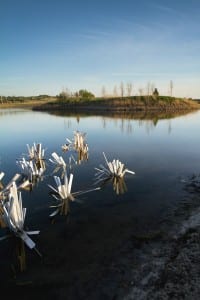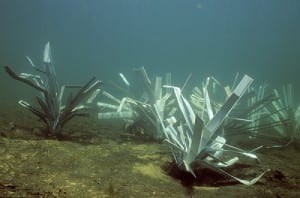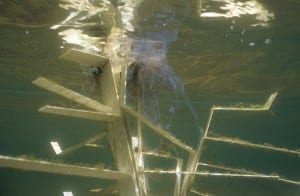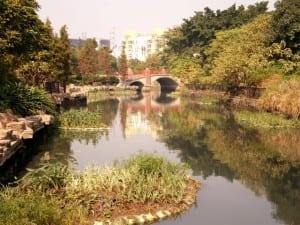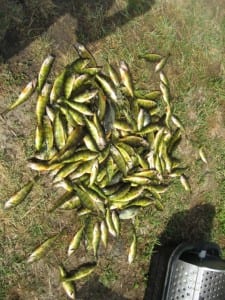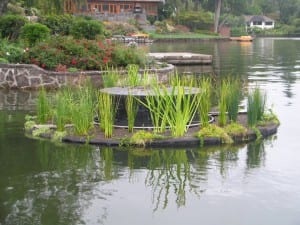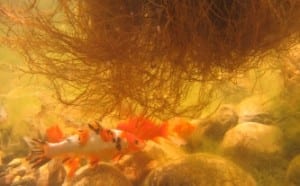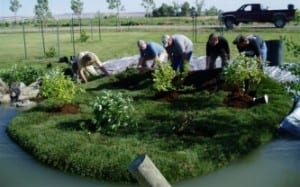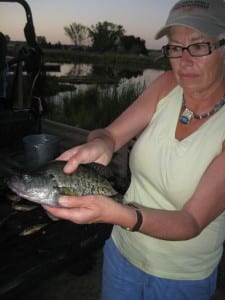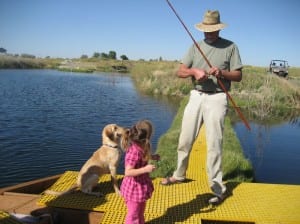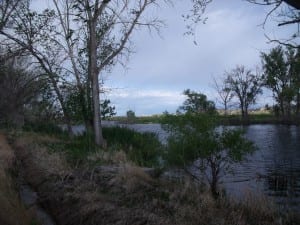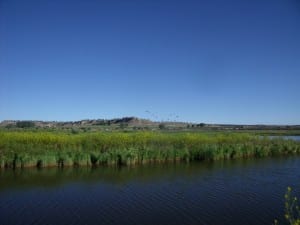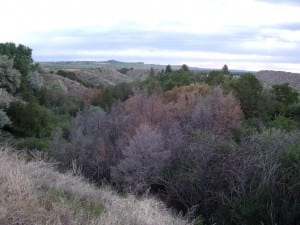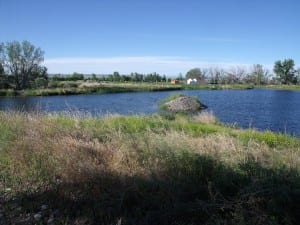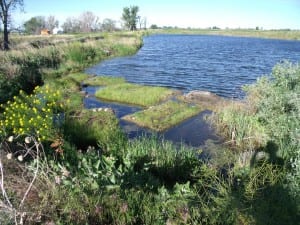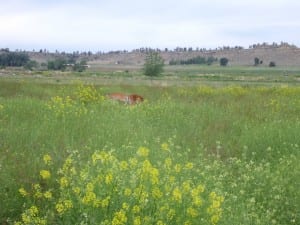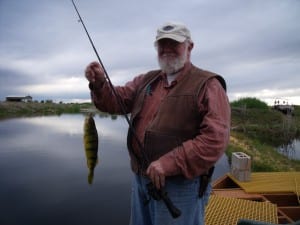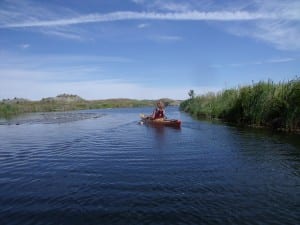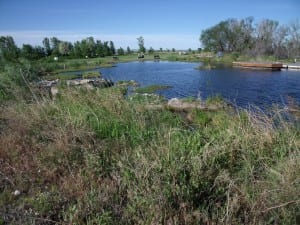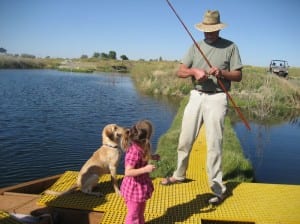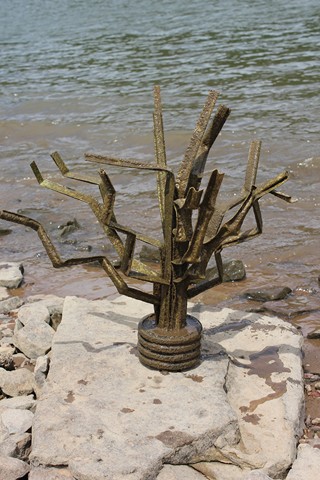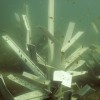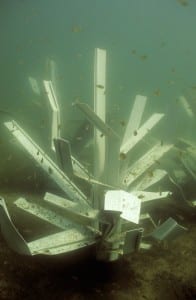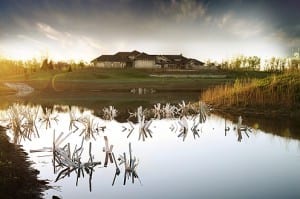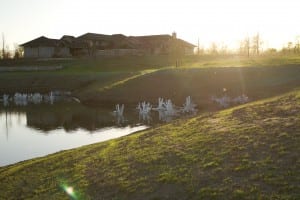(Healdsburg, CA) During the next week, construction will start on the first phase of a six-mile habitat enhancement project in the Dry Creek Valley. The purpose of the project, which is being conducted by the Sonoma County Water Agency (Water Agency) in cooperation with private landowners and by the U.S. Army Corps of Engineers (USACE), is to provide habitat for endangered coho salmon and threatened steelhead and Chinook. During the first phase of this multi-year project, an estimated 560 tons of boulders and 202 trees, root wads and logs will be used to create backwaters, side channels and shady habitat for the young fish that live in Dry Creek during the summer.
“This is a massive enhancement project that will provide big benefits for fish on the brink of extinction in our area,” said Sonoma County Supervisor and Water Agency Director Mike McGuire. “Dry Creek Valley farmers deserve tremendous thanks for their partnership and willingness to move this project forward.”
“We are excited to be starting construction on a project that should provide immediate help to the coho and steelhead raised at hatcheries at Warm Spring Dam and released into Dry Creek and its tributaries,” said Lt. Col John Baker, commander of the USACE San Francisco District. See the dozens of unique habitat models at fishiding.com
The habitat enhancement is required by National Marine Fisheries Service (NMFS) to help restore endangered and threatened fish to the watershed. The first phase of Dry Creek habitat enhancement involves two projects, as follows:
• The Water Agency Dry Creek Demonstration Project is centered on Lambert Bridge and is nearly one-mile in length. Construction in 2012 will take place at Quivira Winery and Vineyards. The Laytonville-based firm Bio-Engineering Associates is conducting the work at Quivira, which will be complete by mid-October. Work on the majority of the Dry Creek Demonstration Project will take place during 2013.
• The USACE project (known as the “Reach 15” project, for its location directly below Warm Springs Dam) is 1,400 feet long and is located on property owned by USACE. Contractor Services Group is overseeing construction which will take place through mid-October and during summer 2013.
Elements of the projects include bank stabilization to reduce erosion, boulders and anchored log jams to provide refuge and to slow the water, constructed backwaters and side channels to give the young fish places to escape summer and winter high flows, and native plants to reduce erosion and create shade.
“The habitat enhancements fit into Quivira’s holistic approach to grape growing and wine making. By improving Dry Creek, we improve the health of the land, helping both people and fish,” said Quivira Winery representative Ned Horton.
The majority of work on the Water Agency’s Dry Creek Demonstration Project will occur in 2013, and involves several landowners including Amista Vineyards, Dry Creek Vineyard, Rued Winery, Seghesio Family Vineyards and Yellow Dog Vineyards. The demonstration project also includes individual landowners Doug Lipton and Cindy Daniels, Carole and Geno Mascherini, Peter and Marian Van Alyea and Ron Wolmer.
When complete, the Dry Creek Demonstration Project and Reach 15 Project will serve as the first mile of habitat enhancement of the six miles required in NMFS’ Russian River Biological Opinion. The Biological Opinion was issued in 2008, and requires the Water Agency and the USACE to improve habitat for juvenile coho and steelhead in Dry Creek as an alternative to reducing summertime flows in the creek. (The high velocity of water flowing in Dry Creek in the summer was found by NMFS’ biologists to be detrimental to the survival of young coho and steelhead.)
“By breaking ground for this project the agency partners and landowners are reaching an important milestone on the road to conservation of our Russian River coho salmon and steelhead. This investment will not only benefit our fisheries, but is also an investment in the overall health of our watershed,” said Dick Butler, National Marine Fisheries Service.
Since nearly all of the 14-mile Dry Creek is privately owned, the required six miles of habitat enhancement is dependent on cooperative landowners. The demonstration project and the Reach 15 project will allow landowners, the Water Agency, the USACE, NMFS and California Department of Fish and Game to observe how enhancements work on a smaller scale.
“The coho broodstock program and stream enhancement projects in the Russian River watershed, including these important projects in Dry Creek, contribute greatly to coho salmon conservation. By enhancing and creating this habitat, we are improving conditions for coho and providing people more opportunities to enjoy and participate in coho habitat restoration successes,” said Scott Wilson, Acting Regional Manager, California Department of Fish and Game.
Dry Creek residents who notice any problems or who have immediate concerns regarding construction issues are urged to contact the Water Agency public information officer, Ann DuBay at (707) 524-8378, ann.dubay@scwa.ca.gov , or the USACE onsite engineer, Carlos Hernandez at (707) 431-4550 orCarlos.R.Hernandez@usace.army.mil.
Laytonville-based Bio-Engineering Associates specializes in construction of creek restoration and habitat enhancement features that also help reduce erosion. Several of the firm’s projects have been on major creeks located within vineyards.
Contractor Services Group, located in West Sacramento, is a full-service contracting company with experience in conducting large-scale restoration projects.
To learn more about NMFS’ Biological Opinion and Dry Creek requirements go to http://www.scwa.ca.gov/drycreek/. For additional details on the demonstration project, go tohttp://www.scwa.ca.gov/files/docs/projects/rrifr/DryCreek-Habitat.pdf.
Sonoma County Water Agency provides water supply, flood protection and sanitation services for portions of Sonoma and Marin counties. Visit us on the Web at www.sonomacountywater.org.
Ann DuBay
Public Information Officer
Office: (707) 524-8378
Mobile: (707) 322-8185
Email: ann.dubay@scwa.ca.gov
